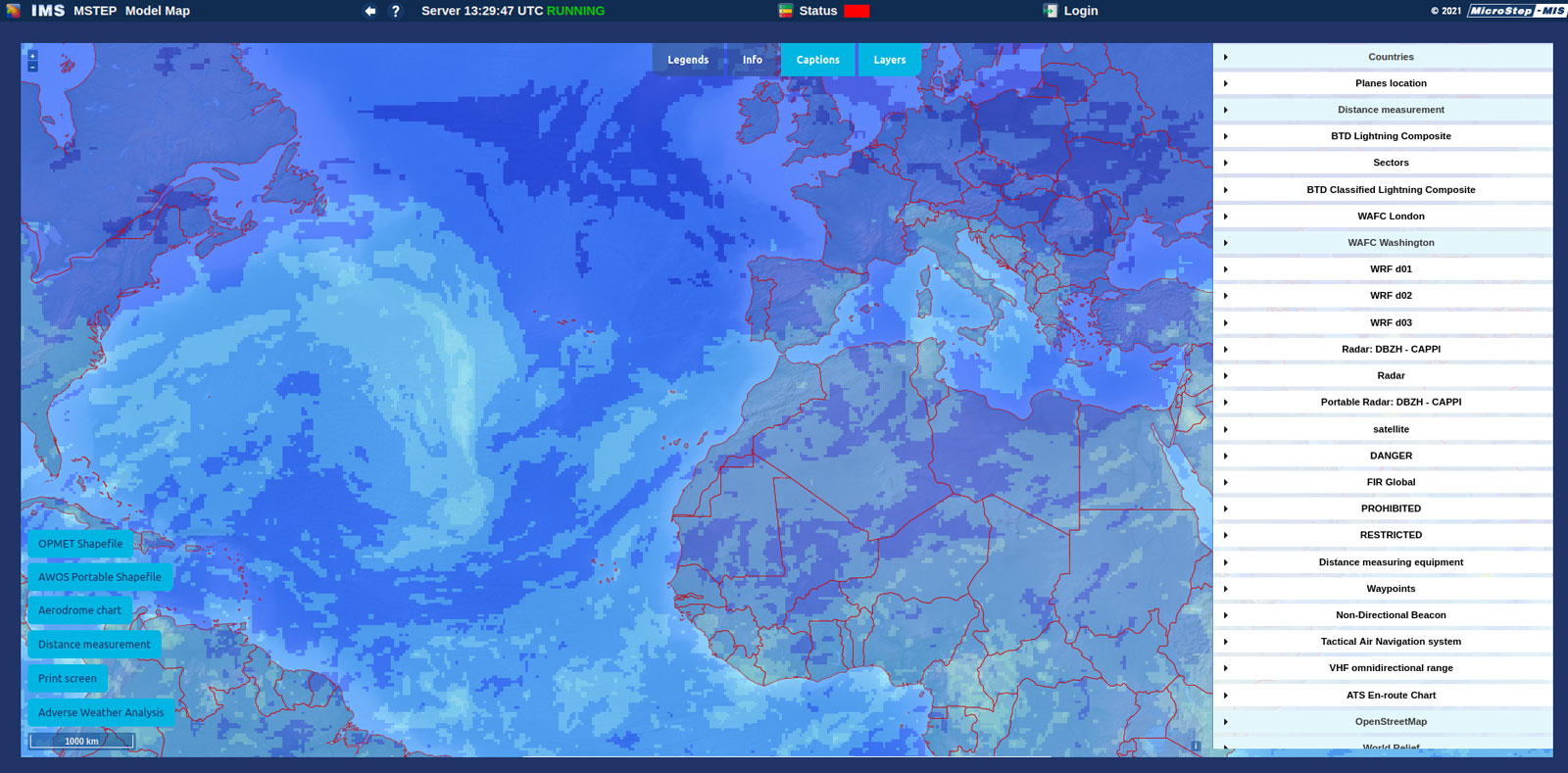

A global model is important in climate and atmospheric circulation modeling and weather forecasting. It is a general circulation model of the atmosphere with a step of 0.25 - 1.0°, covering the scales of the hemispheres and the whole planet, and well describing the atmospheric processes of the synoptic scale. Proprietary technologies for modeling the global atmosphere are being developed in only a few (9) countries of the world.
Due to limited computing resources, the spatial resolution of such models is insufficient for a direct full description of some processes, for example, deep convection. Therefore, such processes are described parametrically in global models.
The vast majority of modern global models use the semi-Lagrangian representation of advection and a semi-implicit time integration scheme. The European Center for Medium-Range Weather Forecasts (ECMWF-ECMWF) model is the undoubted leader among the global medium-range weather forecast models. This model is a spectral semi-Lagrangian with a two-layer semi-implicit time integration scheme.
The main directions for improving global atmospheric models include increasing the horizontal and vertical resolution of the models, the use of the complex models of the atmosphere, ocean, and sea ice for medium-range weather forecasting, and the development of seamless forecasting systems. This will require a 10-times increase in the performance of the applied computing systems.